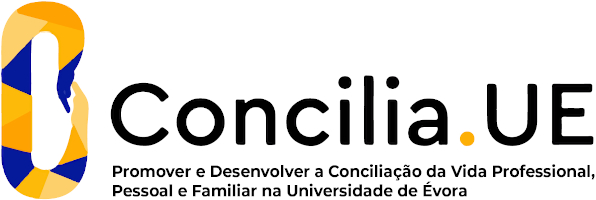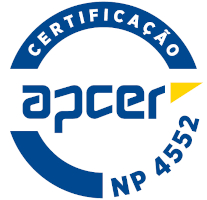2024
Iberian Fauna
Name: Iberian Fauna
Code: BIO12364L
6 ECTS
Duration: 15 weeks/156 hours
Scientific Area:
Biological Sciences
Teaching languages: Portuguese
Languages of tutoring support: Portuguese, English
Regime de Frequência: Presencial
Presentation
The UC intends to give an overview of the diversity, ecology, distribution, diagnosis and conservation of Iberian vertebrates. In the theoretical-practical components, the most common methods of vertebrate inventories are essayed. Field campaigns are also carried out to observe different species in their natural habitats.
Sustainable Development Goals
Learning Goals
OBJECTIVES
1. Recognizing the great diversity of Iberian fauna and relate it with biogeographic, biophysical and human
factors
2. Knowing the basic ecological requirements, diagnosis and distribution of Iberian terrestrial vertebrates
(migratory and freshwater fishes, amphibians, reptiles, birds and mammals);
3. Identify key issues related to vertebrate conservation in the Iberian Peninsula;
4. Know the main methods and techniques used survey the different vertebrate groups.
COMPETENCES
Develop the following generic competences: improvement of communication skills; ability to work
autonomously; independent learning; encouragement of entrepreneurship.
1. Recognizing the great diversity of Iberian fauna and relate it with biogeographic, biophysical and human
factors
2. Knowing the basic ecological requirements, diagnosis and distribution of Iberian terrestrial vertebrates
(migratory and freshwater fishes, amphibians, reptiles, birds and mammals);
3. Identify key issues related to vertebrate conservation in the Iberian Peninsula;
4. Know the main methods and techniques used survey the different vertebrate groups.
COMPETENCES
Develop the following generic competences: improvement of communication skills; ability to work
autonomously; independent learning; encouragement of entrepreneurship.
Contents
THEORETICAL
1. Specificity of the Iberian fauna
• Biogeography and determinants of faunal diversity
• Geological History
• Climate and Topography
• Human Presence
• Endemism Iberian
2. Conservation of Iberian Fauna.
• Arguments for the Conservation
• Characteristics and population processes that enhance the rarity and threat
• Red Book of Vertebrates of Portugal and Spain
• The Birds and Habitats Directives
• Hunting and Fishing in inland waters
3. Species of terrestrial vertebrates, including freshwater species occurring in the Iberian Peninsula
• Diagnosis
• Fundamentals of Ecology
• Phenology and Distribution
• Conservation
• Native and introduced species
THEORETICAL-PRACTICAL
4. Methods and techniques for wildlife census
• Direct. Direct observation, trapping, bird banding and electric fishing;
• Indirect. Presence signs, analysis of diet of predators, scent stations; automatic cameras, acoustic
detection, molecular analysis;
5. Observation and handling of specimens in the field
1. Specificity of the Iberian fauna
• Biogeography and determinants of faunal diversity
• Geological History
• Climate and Topography
• Human Presence
• Endemism Iberian
2. Conservation of Iberian Fauna.
• Arguments for the Conservation
• Characteristics and population processes that enhance the rarity and threat
• Red Book of Vertebrates of Portugal and Spain
• The Birds and Habitats Directives
• Hunting and Fishing in inland waters
3. Species of terrestrial vertebrates, including freshwater species occurring in the Iberian Peninsula
• Diagnosis
• Fundamentals of Ecology
• Phenology and Distribution
• Conservation
• Native and introduced species
THEORETICAL-PRACTICAL
4. Methods and techniques for wildlife census
• Direct. Direct observation, trapping, bird banding and electric fishing;
• Indirect. Presence signs, analysis of diet of predators, scent stations; automatic cameras, acoustic
detection, molecular analysis;
5. Observation and handling of specimens in the field
Teaching Methods
Oral lessons; talking and discussion, lab and field work
TP Evaluation will be based on the elaboration of short reports about species or groups ecology and
management followed by an oral presentation and discussion (30%)
Theoretical evaluation will be done in a continuous way on the basis of student participation on class
discussions and accomplishment of UC duties (10%) and on written testes (60%)
Autonomous study will be supported by tutorial hours and e-learning.
TP Evaluation will be based on the elaboration of short reports about species or groups ecology and
management followed by an oral presentation and discussion (30%)
Theoretical evaluation will be done in a continuous way on the basis of student participation on class
discussions and accomplishment of UC duties (10%) and on written testes (60%)
Autonomous study will be supported by tutorial hours and e-learning.





















